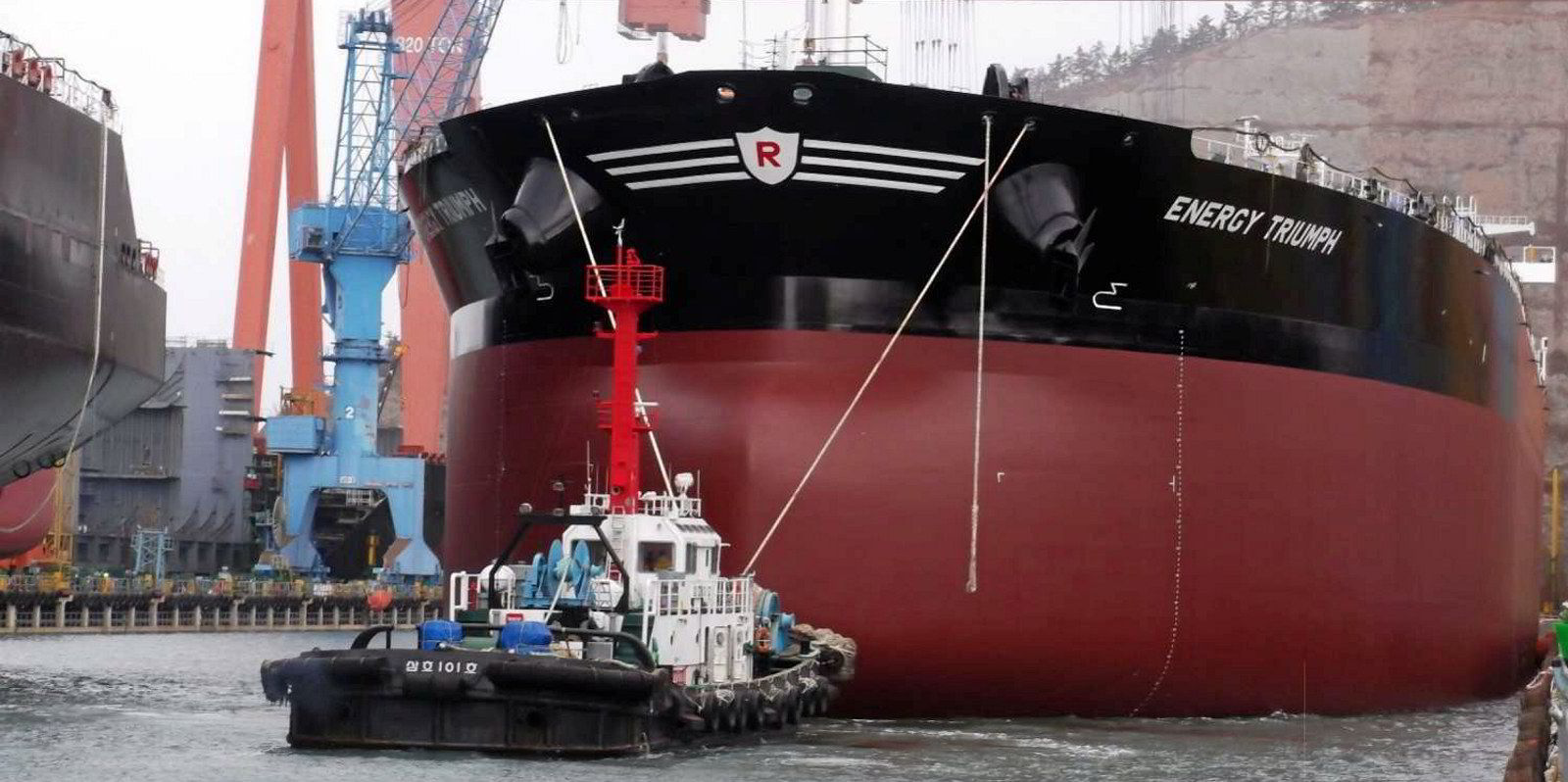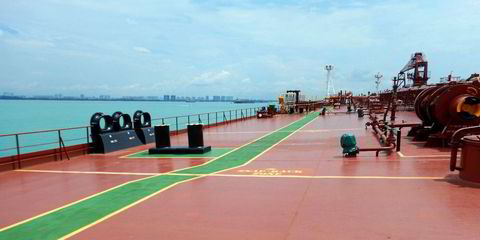Tanker owners will need to return to shipyards in substantial numbers to reverse the trend of a declining orderbook, BRS Group believes.
The Paris shipbroker said fleet growth for dirty and clean ships continued in 2022, but this is due to slow.
In net terms, 139 vessels of 34,000 dwt or above were added last year, up 2.7% year on year. In 2021, growth was 1.6%.
“Considering that last year saw an increase in the number of large crude carriers delivered, in deadweight terms the acceleration was starker at 3.5%, as 21.3m dwt hit the water,” BRS added.
The broker’s delivery and demolition projections suggest 2023 will see an increase similar to 2021 in percentage terms, with 88 ships added on a net basis.
Handovers of new ships will “drop off a cliff” in the second six months, with the 2023 total set to be 127 deliveries, the lowest number since 2001, the company said.
A total of 84 tankers, or 43% of the orderbook, will arrive before the end of June.
After this year, deliveries are set to remain “extremely low” until at least the end of 2025, BRS believes.
This “anaemic” orderbook will provide support to the tanker market over the coming years, it argues.
Lowest ratio on record
BRS said only 85 tankers were ordered in 2022, with an overall orderbook of 231 units the lowest level since 1997.
This is just 4.5% of the active fleet, the smallest figure since BRS’ records began in 1990.
“Even accounting for a potential conservative rebound in tanker ordering this year, the ratio is set to shrink further and end 2023 at below 4%,” the broker said.
Unless 118 or more new orders are placed this year, this ratio will continue to decline
Rising newbuilding prices are a barrier to contracting.
Costs at yards jumped by between 10% and 20% in 2022, depending on the type of ship, on top of a 22% hike in 2021.
A VLCC at a top-tier Chinese yard is now priced at $123m, up $17m in a year.
An MR2 ordered at a similar yard costs $45m, a rise of $5.5m.
“We anticipate that prices will continue to rise this year, although at a slower pace than across 2021/22,” BRS said.
This is due to China’s economy ramping up steel demand to support prices, as well as wage inflation and a full orderbook until at least the end of 2025.
Shipyards holding firm
“Yards do not appear particularly inclined to cut prices to attract new business,” the broker said.
There have been suggestions that commodity markets could be on the cusp of a supercycle that would drive raw material prices up, causing shipbuilders to lose money on earlier orders.
BRS does not subscribe to this view, however.
“All told, potentially higher prices coupled with persistent, underlying regulatory uncertainty suggests that 2023 might not see a strong rebound in tanker ordering.”






